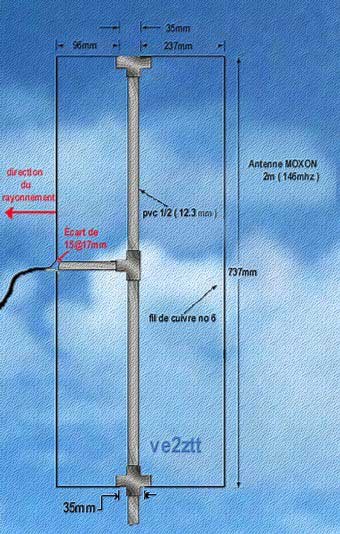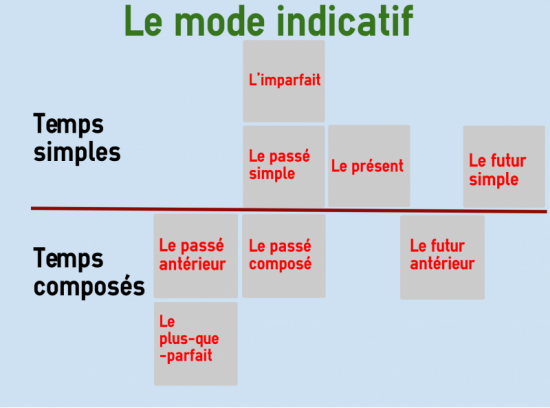

The best way to understand something is by looking at several examples. For instance, if what you want to express doesn’t fall under a description, a habit, or a continuous past action, more than likely you will have to use le passé composé. You may not remember all the uses of X structure, but you might remember it’s not used in certain cases.

In some cases, it’s easier to know which one to use by discarding your available options. On the other hand, a key concept with le passé composé is the presence of an action that is precise and completed. The three main uses of l’imparfait are to talk about: How do we tell them apart, though? In a nutshell, the main difference between them is that we use le passé composé with completed actions, while l’imparfait is used with incomplete actions or actions at an indefinite time in the past.

Quand j’ étais petit, je détestais le brocoli. These will vary depending on the subject. Such endings are -ais, -ait, -ions, -iez, and -aient. To form this structure, we simply change the ending of the main verb. It is the rough equivalent of the past progressive tense in English. We use l’imparfait to talk about repetitive or continuous past actions/states of being. In other words, it’s the equivalent of the English simple past tense.

(indefinite time)Īlthough this structure is used to express the two concepts mentioned above, it is more commonly used to talk about completed actions at a definite time in the past. (definite time)Įlle n’ a jamais mangé de sushi. Nous nous sommes mariés il y a deux mois. (indefinite time since we don’t know when that happened) J’ ai acheté une nouvelle voiture l’année dernière. To form it, we use the verbs avoir or être + the past participle of the main verb. We use this structure to talk about completed actions at a definite time in the past and past actions at an indefinite time. We will give you some tips as well as several examples so you know what the difference is. In French, it may not be a straightforward process as compared to English. There are some guidelines that can help you determine when to use each. That’s why today we will talk about le passé composé vs l’imparfait. Both tenses are used to talk about the past after all. French learners tend to confuse them in the beginning. When talking about the past in French, we normally use one of two grammatical structures: le passé composé and l’imparfait.


 0 kommentar(er)
0 kommentar(er)
